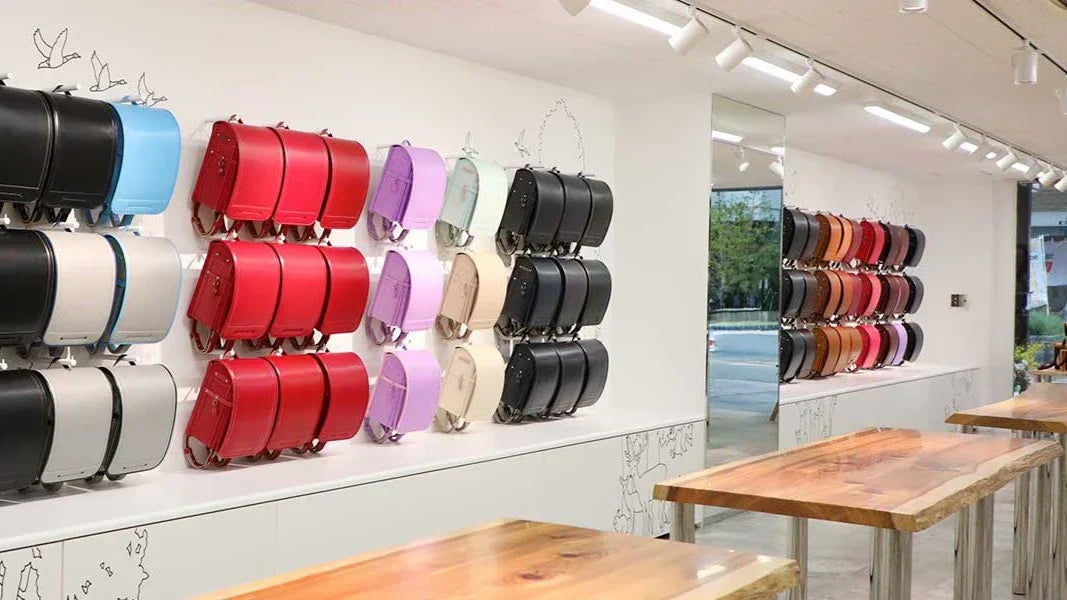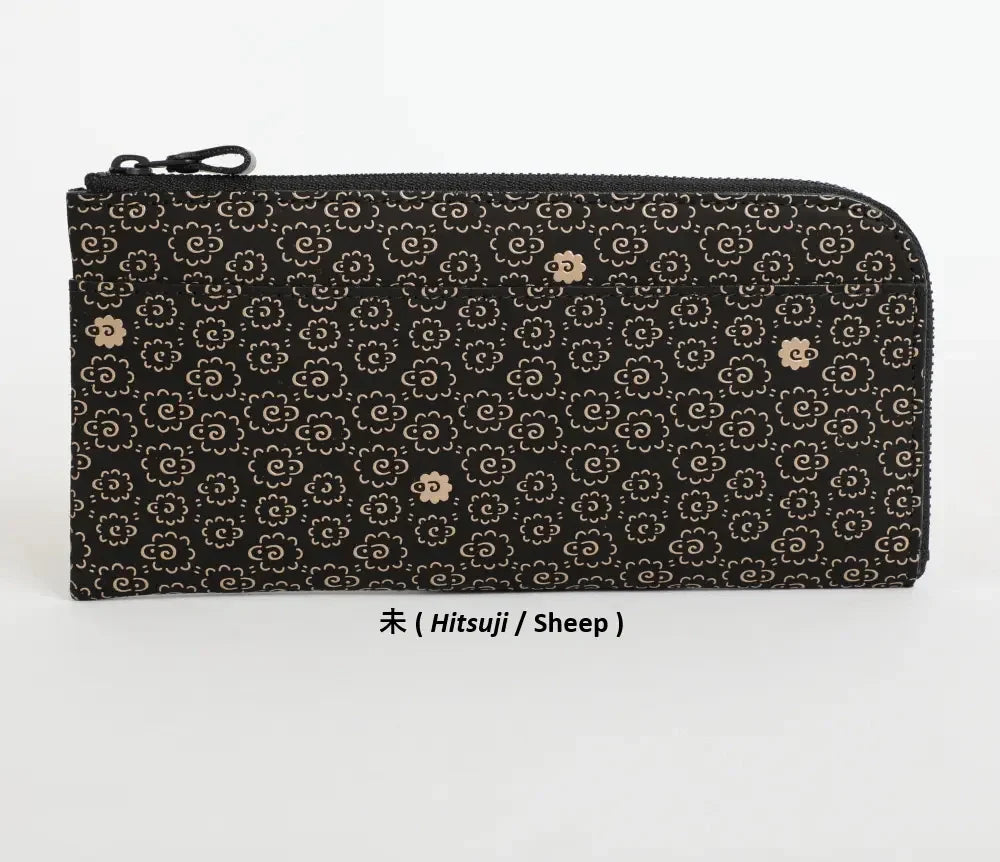
Mount Fuji from Shizuoka: Views, Meanings, and What “San” Really Means
 Mount Fuji’s official climbing season is just around the corner.
Mount Fuji’s official climbing season is just around the corner.
Each summer, Japan’s tallest and most iconic mountain welcomes hikers and sightseers from around the world. But even if you’re not planning to climb it, there are plenty of ways to enjoy Mount Fuji—especially in Shizuoka Prefecture, home to Ikedaya’s headquarters, where the mountain is part of everyday life and culture.
Shizuoka is the starting point for two major climbing routes—Fujinomiya and Gotemba—and it’s also dotted with cultural heritage sites that reflect centuries of faith in the mountain. Locations like Fujisan Hongu Sengen Taisha Shrine and the Shiraito Falls offer not only breathtaking scenery, but also a quiet sense of spiritual awe.
Is the “San” in “Fujisan” an Honorific? In Shizuoka, when the sky clears and Mount Fuji comes into view, it often becomes a small topic of conversation—even for locals who see it regularly.
In Shizuoka, when the sky clears and Mount Fuji comes into view, it often becomes a small topic of conversation—even for locals who see it regularly.
Phrases like “Fujisan looks beautiful today” are part of daily life here.
Since the mountain is frequently hidden by clouds, locals sometimes say “Fujisan showed its face” when the summit peeks through the mist.
The word “Fujisan” may sound like it uses the common Japanese honorific “-san,” as in “Mr.” or “Ms.” However, in this case, “san” comes from the onyomi, or Chinese-derived reading, of the character for “mountain” (山).
It’s the same reading used in words like “kazan” (volcano) and “sanchō” (mountaintop). So “Fujisan” literally means “Mount Fuji,” not “Mr. Fuji.”
That said, when locals talk about the mountain—as in “Fujisan showed its face”—the tone often carries a kind of quiet respect or affection, almost as if referring to a person.
Enjoying Mount Fuji Without the Crowds
There are many famous viewing spots for Mount Fuji throughout Japan, but in Shizuoka, you can find countless lesser-known places with stunning views.
Rather than joining the crowds at popular landmarks, why not explore off the beaten path? You may discover your own peaceful, postcard-perfect view of the mountain, woven into the fabric of daily life.
Will You See It? Check the Weather First
Mount Fuji doesn’t always show itself. On some days, it remains completely hidden by clouds.
If seeing the mountain is one of your goals during your visit, we highly recommend checking the weather forecast and a live camera in advance.
A Unique View from the Bullet Train
One of the best ways to see Mount Fuji is from the window of the Tokaido Shinkansen.
The most scenic moment comes as the train passes near Shin-Fuji Station.
If you’re traveling from Tokyo toward Nagoya or Osaka (westbound), sit on the right side of the train (seats A or B) to catch the view.
On a clear day, you’ll see the massive, symmetrical form of Mount Fuji rising just west of Shin-Fuji Station—so close and impressive that even those who’ve seen it many times feel compelled to take a photo. It’s only a brief moment, but one that often becomes a highlight of the trip.
Take Home a Piece of Fuji with Ikedaya’s “FUJIYAMA CLIP”

At Ikedaya, we created the original FUJIYAMA CLIP as a tribute to our beloved Mount Fuji.
(“Fujiyama” is an older way of saying “Fujisan.” “Yama” is the native Japanese reading of the character for mountain, while “san” is the Chinese-derived reading, which is now more commonly used.)
This simple brass clip, shaped like Mount Fuji, is available at our physical stores and makes a great travel keepsake or souvenir.




